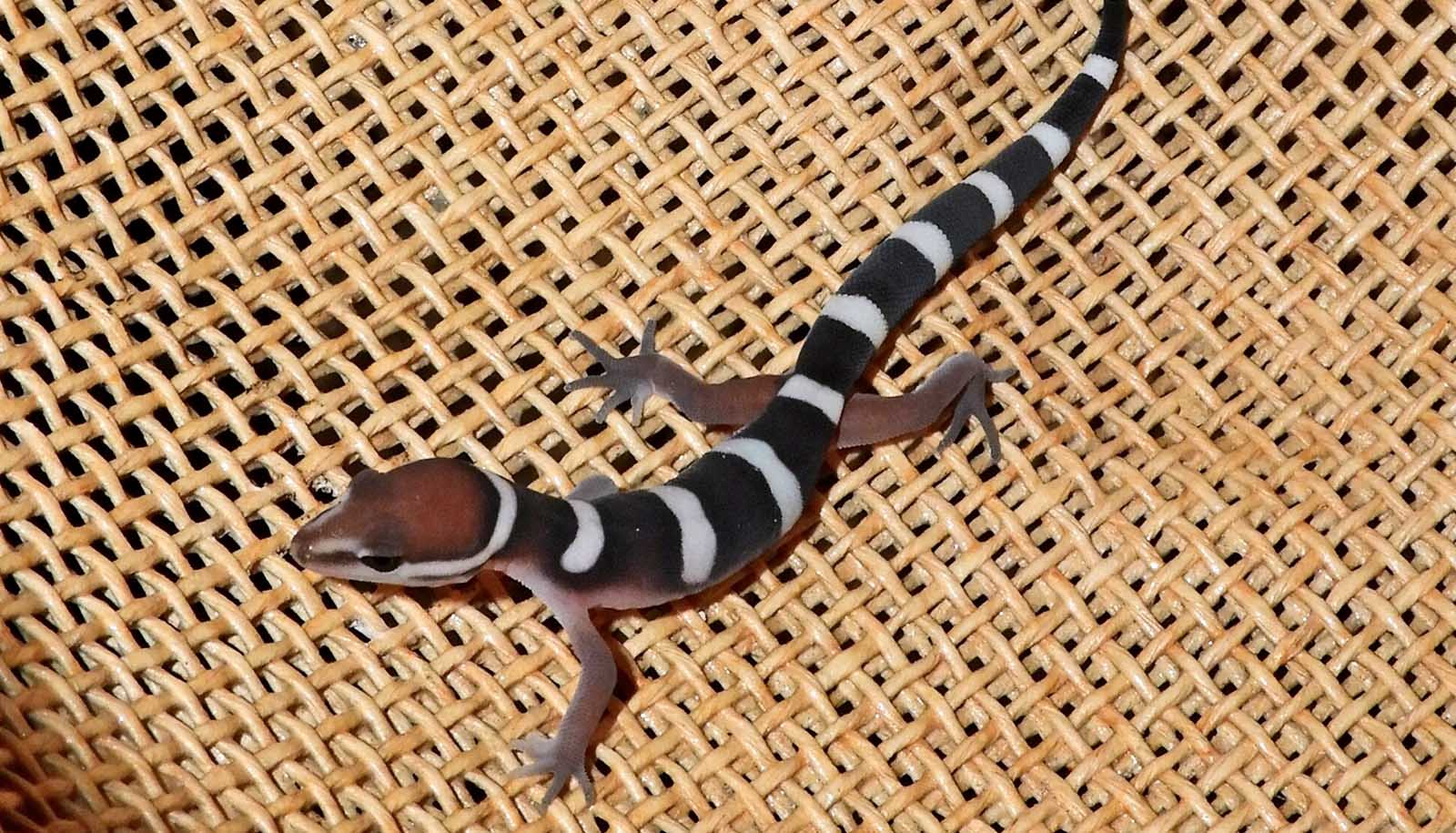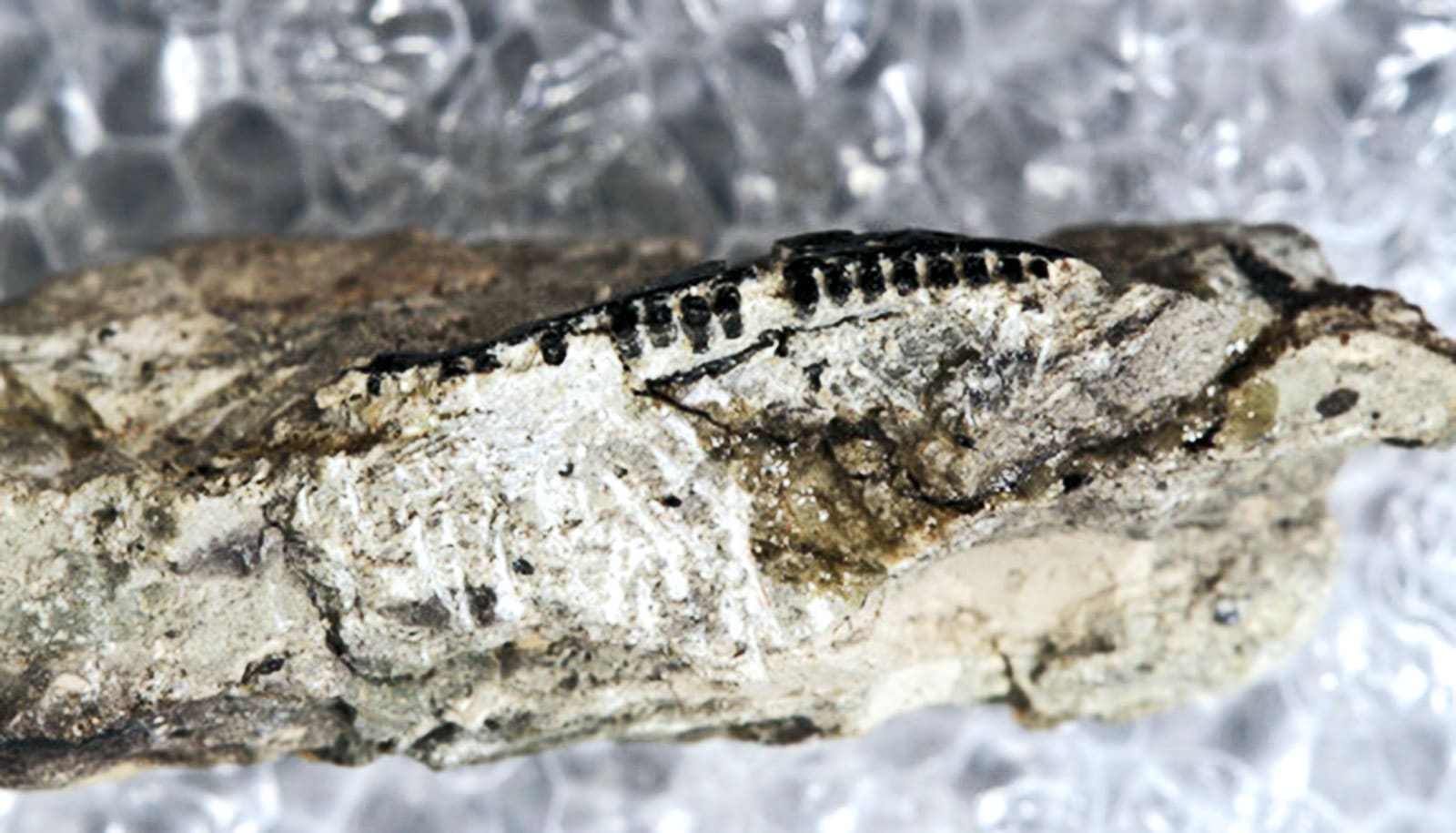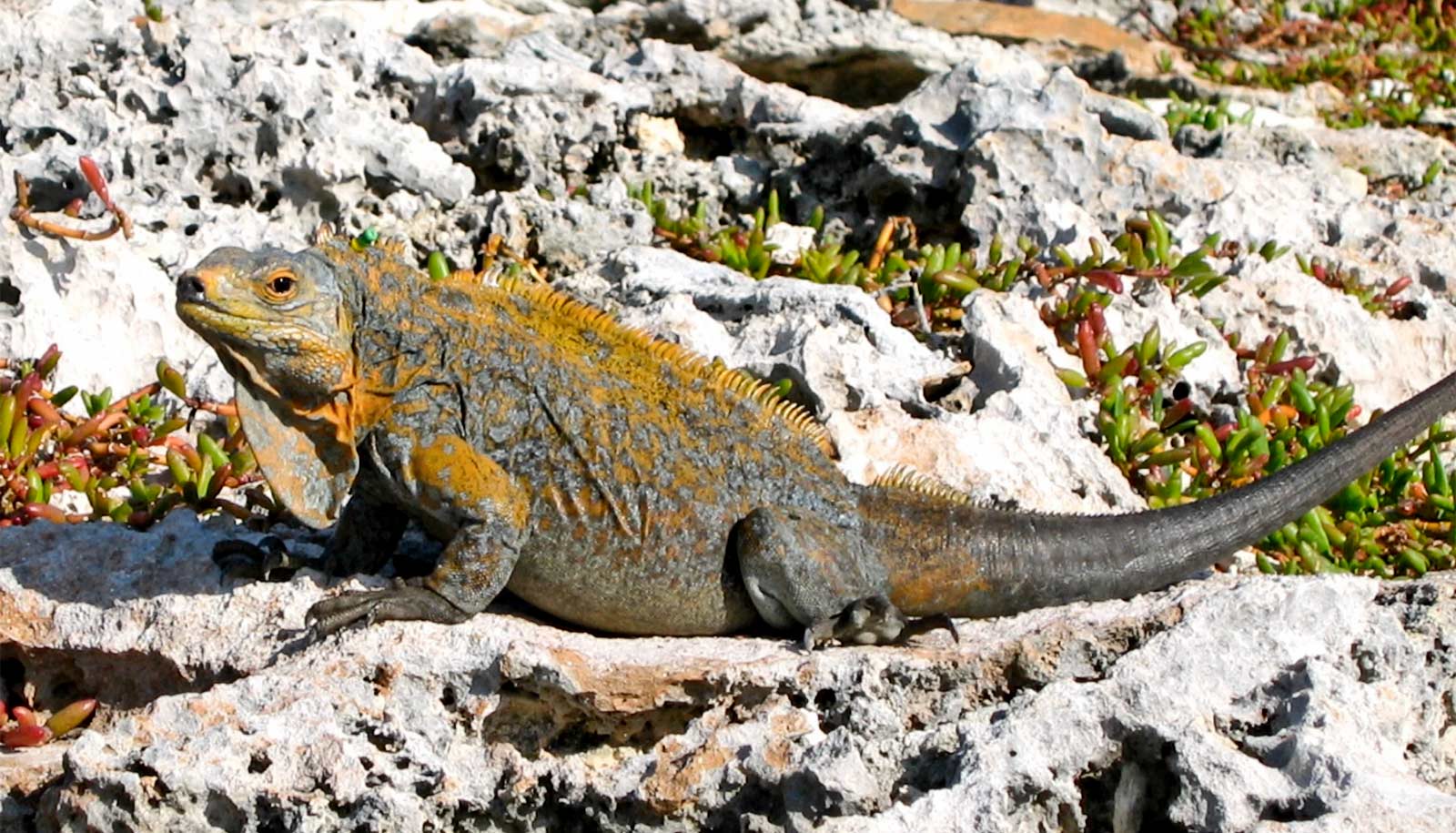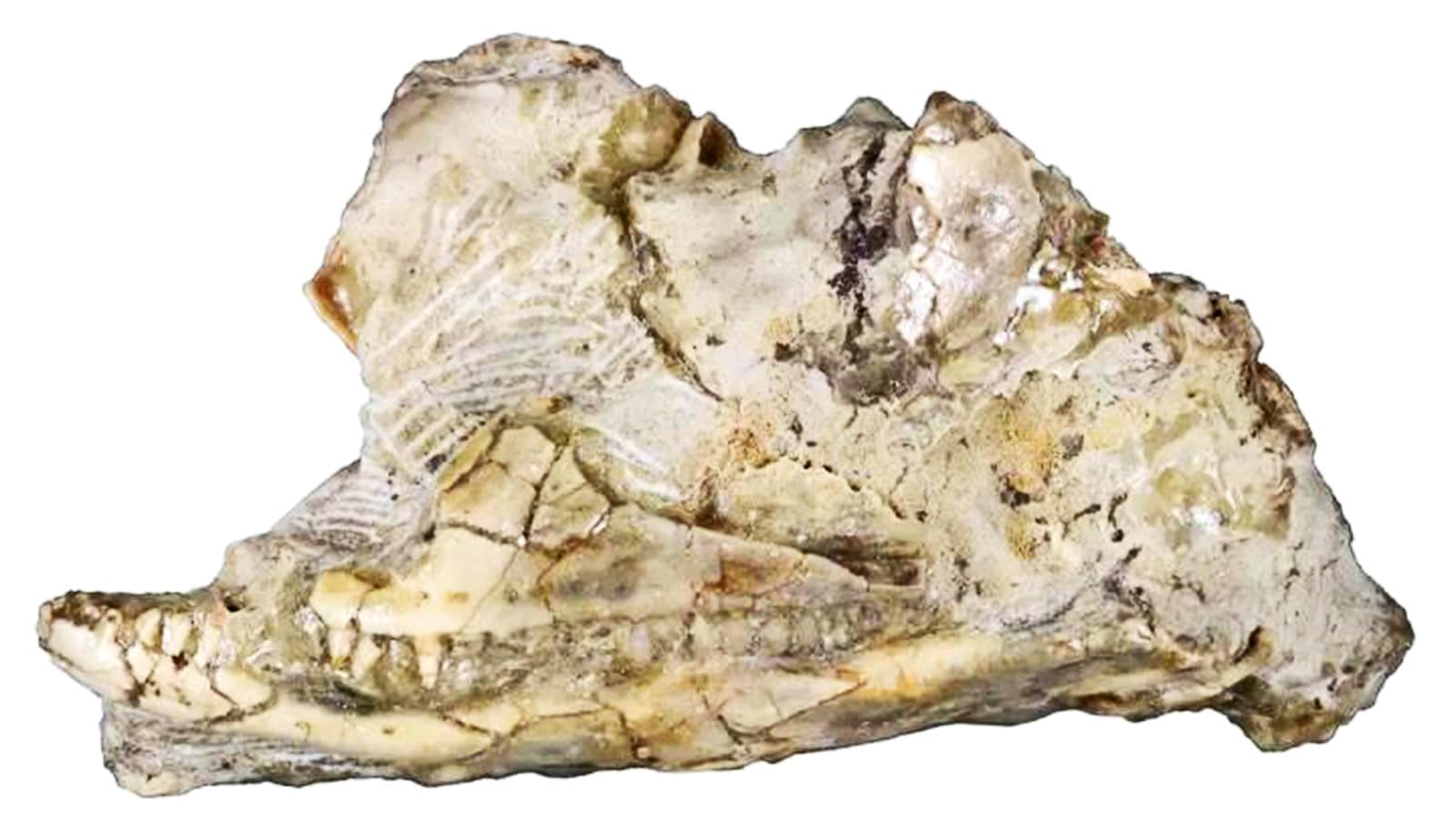Paleontologists have identified a new fossil lizard, found in the western United States, which they say was an ancestor of modern geckos. Its name that honors the lead researcher’s grandmother and great aunt.
The discovery of the new species, which they named Helioscopus dickersonae, suggests that gecko ancestors appeared in North America much earlier than previously known.
“This discovery emerged from a larger investigation of two fossil lizard skulls from Dinosaur National Monument in Utah,” says Dalton Meyer, a graduate student in Yale University’s department of earth and planetary sciences and first author of a study in the journal Proceedings of the Royal Society B.
“These skulls had both been previously described as part of a European genus of skink ancestors, but we wanted to investigate that further with 3D data,” Meyer says.
Specifically, Meyer and his colleagues used computed tomography (CT) scans to develop 3D images of the skulls, which both dated back to the late Jurassic period, 163.5 to 145 million years ago. While one of the skulls was indeed an early skink, the researchers found, the other was not.
“It is one of the earliest known gecko relatives in the fossil record,” Meyer says. “This means that the gecko line made it to North America nearly 100 million years before the prior known earliest record.”
Scientifically, the discovery also offers vital information about specialized physical features of the gecko skull and how they developed. For example, unlike modern geckos, Helioscopus dickersonae was not primarily nocturnal. It had a prominent pineal foramen—a hole in the top of its head that many lizard species use to sense sunlight and judge the length of daylight hours.
Helioscopus dickersonae, Meyer says, was likely similar in appearance to banded geckos or leopard geckos, in that it didn’t have the adhesive toe pads that many modern geckos have. Based on more complete fossil skeletons from similar species found in Europe, he speculates that Helioscopus dickersonae may have been a skilled tree climber even without the toe pads.
Yet much remains unknown about how this early gecko fared in North America, other than the fact that it went extinct sometime within 90 million years of its arrival on the continent. Nothing like Helioscopus dickersonae appears in the fossil record in the Cretaceous period, which followed the Jurassic.
In naming the new species, Meyer chose “helioscopus,” which roughly translates into “sun watcher,” and “dickersonae,” which honors his grandmother, Helen Dickerson, his great aunt, Shirley Dickerson, and Mary Cynthia Dickerson (no relation), who was the first curator of herpetology at the American Museum of Natural History in New York City.
“Both my grandmother and great aunt were extremely important people in my life, and my great aunt passed away while I was in the early stages of working on this fossil,” Meyer says. “I was truly honored to have a chance to get to use their family name in this new species, in part as a memorial that will now persist long after I am gone.”
Source: Yale University



